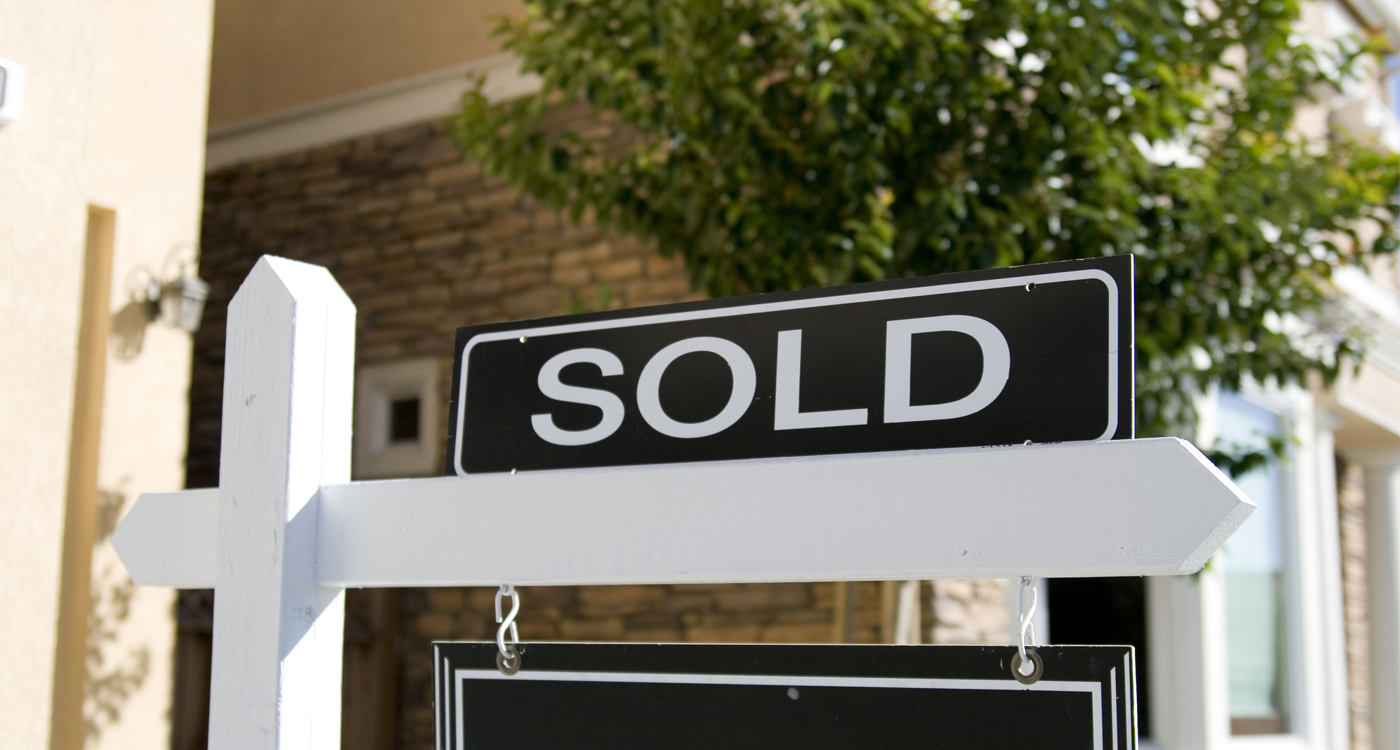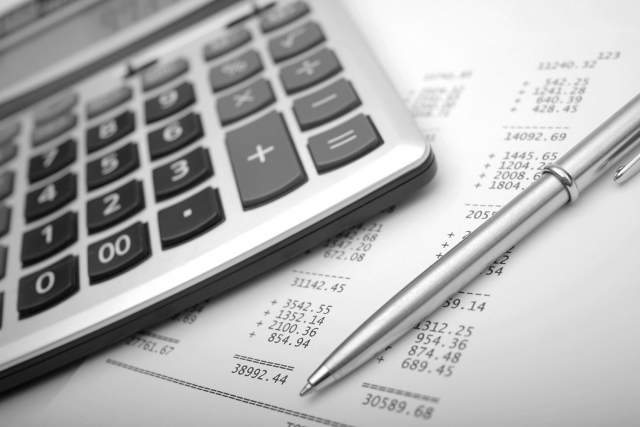The Pandemic Has Boosted Homeownership and Home-related Spending
Tuck professor Brian Melzer has studied the close connection between home buying and durable spending. The pandemic economy is proving his research right.

Melzer predicts that the demand for homes will be more of a long-term trend, as more and more people gamble that their employer will let them work remotely even when the pandemic comes to an end.
As we enter the second year of the COVID-19 pandemic, its effect on where we spend our money has become very clear. During the lockdown last spring, the money we would have spent at restaurants and bars shifted nearly dollar for dollar to food and beverage stores. When the recession took hold in April, consumer spending decreased nearly across the board. Annual sales at Macy’s, for example, declined by nearly 30 percent, as people didn’t need new clothes for work or socializing. Between February and May, rail and air travel declined 96 percent and 91 percent, respectively.
One big exception to the downturn, Tuck professor Brian Melzer noticed, was in home-related spending on durable goods such as furniture, appliances, and home-improvement items. “People were spending a lot of time at home, and they realized they wanted to invest a lot in those spaces,” he says. One data point he offers in support of that explanation is the rising fortunes of Home Depot, whose revenue increased 20 percent during the company’s latest fiscal year.
People were spending a lot of time at home, and they realized they wanted to invest a lot in those spaces.
The spending story evolved again during the summer, when the real estate market emerged from its forced slumber. Home sales skyrocketed, making up for lost time during the lockdown, and fueled by workers’ newfound ability to work remotely. Homeownership in the U.S., which peaked at 69 percent in 2006, had tumbled during the Great Recession to 63 percent. In just a few months in 2020, the homeownership rate nearly recovered that lost ground, reaching 68 percent at the end of June. For Melzer, that’s a good sign that spending on durable goods will persist for at least a couple of years.

Associate Professor of Business Administration Brian Melzer is an economist who studies household finance, real estate, financial intermediation, and financial regulation. At Tuck, he teaches the Real Estate course.
What’s the connection between home sales and durable goods? It’s one that Melzer has documented in a working paper for the National Bureau of Economic Research. In “Making the House a Home: The Stimulative Effect of Home Purchases on Consumption and Investment,” Melzer and co-authors Efraim Benmelech of Kellogg and Adam Guren of Boston University found that households spend on average $8,000 more on home-related durables and home improvements in the two years following a home purchase. To reach that conclusion, they studied microdata on household spending and building permits between 2001 and 2013, which allowed them to estimate the relationship between home purchases and home-related spending. The rationale for this link is intuitive: when people buy homes, they spend money customizing them to their own preferences. “Homes are a heterogenous asset,” Melzer explains. “They have a particular configuration, and what you had in your old house or apartment doesn’t necessarily work in your new house. You have to tailor your durable spending to your new space.”
Homes … have a particular configuration, and what you had in your old house or apartment doesn’t necessarily work in your new house. You have to tailor your durable spending to your new space.
That link wasn’t always clear. During the Great Recession and its housing crisis, macroeconomists and policy makers focused on housing as a form of wealth. When assessing the impact of the housing crisis on the broader economy, they were concerned that plummeting home values prevented people from using their home equity to finance other spending. What Melzer and his co-authors show in their paper is that the effects of the housing downturn were even broader. Not only did declining home equity curb spending, but declining home sales also reduced spending on durable goods and home improvements. When home prices declined precipitously after 2007, home sales decreased by an even greater percentage, which then reverberated through the durable goods market because people weren’t buying items to complement their new abode.
As he looks towards spring and summer of 2021, Melzer doesn’t see the strong real estate market flagging. The demand for homes that started last year is proving to be more of a long-term trend, as more and more people gamble that their employer will let them work remotely even when the pandemic comes to an end. Which means spending on durables will also continue to rise. A household’s durable spending increases the most in the first three months after a home purchase, Melzer found, but it stays elevated for two years. “The fact that home sales drive durable spending suggest that the rise in durables—40 percent of which is composed of home-related goods—is going to be quite persistent,” Melzer says, “lasting a lot longer than we might have guessed.”

